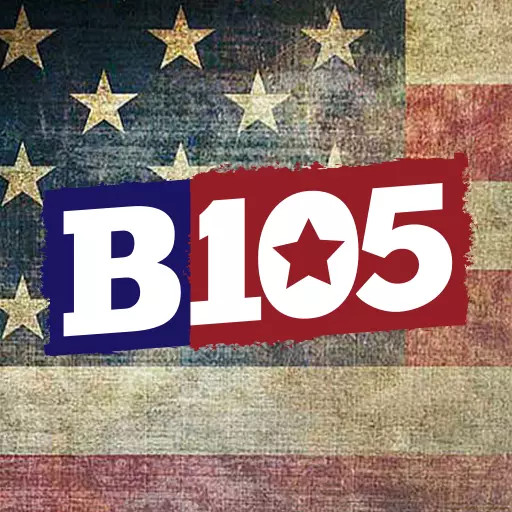Country music, for me and many others, is more than just a genre; it’s a musical home. Growing up, my ears were filled with the sounds of legends like Waylon Jennings, Willie Nelson, Dolly Parton, and Don Williams, alongside the contemporary sounds of George Strait, Reba McEntire, and Alan Jackson. Across generations, country music has fostered a unique reverence for its past, a characteristic that sets it apart from many other genres.
While respect for musical heritage exists in genres like rock and hip-hop, country music elevates this appreciation to another level. Think about how often modern country artists reference iconic figures from the genre’s history in their songs and performances. Johnny Cash, for example, is practically a patron saint, name-dropped in countless country tracks. Jason Aldean even dedicated a song directly to “Johnny Cash,” and Taylor Swift captured a younger audience by invoking “Tim McGraw” in her early hit. These aren’t just casual mentions; they are stories woven with threads of nostalgia and admiration for the artists and music that paved the way.
 Radio station logo representing country music, symbolizing the genre's long history and tradition of honoring its legends
Radio station logo representing country music, symbolizing the genre's long history and tradition of honoring its legends
However, a new trend has emerged recently: sampling Old Country Songs. While “sampling” technically refers to remixing original recordings, I’m using the term more broadly here to describe borrowing elements from older songs, be it melodies, lyrics, or instrumental hooks, and weaving them into new compositions.
Sampling, a technique popularized in hip-hop and pop, has been subtly present in country music for years. Wynonna Judd’s 1994 song “Girls With Guitars,” though not sampling country directly, stood out by incorporating guitar riffs reminiscent of classic rock anthems like “Smoke On The Water” and “Sunshine of Your Love,” marking an early instance of musical borrowing in the genre.
Brad Paisley took this concept further in 2011 with “Old Alabama.” This song is a full-fledged tribute to the band Alabama, cleverly weaving in musical and lyrical references to their hits like “Mountain Music,” “Dixieland Delight,” “Why Lady Why,” and “Feels So Right.” Featuring members of Alabama themselves, it felt like a heartfelt homage actively involving the legends being celebrated.
A significant turning point arrived in the spring of 2020 when Sam Hunt released his double-platinum hit “Hard To Forget.” The song’s opening bars immediately grab attention with a prominent sample of Webb Pierce’s 1950s classic, “There Stands The Glass,” a motif that recurs throughout the track.
“Hard To Forget” sparked conversations and divided opinions. Some lauded its catchiness and the innovative blend of old and new. Others felt it was disrespectful to the original, or that the pop sensibility clashed with the deeply traditional country sample. Despite the mixed reactions, the song was a massive hit, highlighting a pivotal moment for sampling in country music. Forbes even acknowledged its novelty, noting the producer’s inspiration to experiment with this technique within the genre.
Since “Hard To Forget,” the gates seem to have opened for sampling in country music.
Later in 2020, Brothers Osborne’s album Skeletons featured “Midnight Rider’s Prayer,” which subtly samples lyrics and musical elements from Willie Nelson’s iconic “On The Road Again.”
In early 2022, Kane Brown’s hit “Like I Love Country Music” paid tribute to Johnny Cash, June Carter Cash, and Alan Jackson, even featuring a cameo from Ronnie Dunn singing lines from Brooks & Dunn’s “Brand New Man.” While not direct sampling, it aligns with the growing trend of referencing and celebrating country music’s heritage.
Breland’s debut album “Cross Country,” released in the fall, includes two songs that exemplify this trend. “County Line” samples Sylvia’s 1980s hit “Nobody,” using a sped-up version of the intro and weaving in callbacks throughout the song, mirroring Hunt’s approach. “Natural” subtly incorporates the iconic guitar riff from Shania Twain’s “Man! I Feel Like A Woman,” adding another layer of nostalgic familiarity.
Cole Swindell’s popular track “She Had Me At Heads Carolina” takes sampling even further. It includes a direct sample of Jo Dee Messina’s 1996 hit “Heads Carolina, Tails California” and heavily borrows lyrical and musical elements, creating a contemporary song deeply rooted in a 90s country classic.
These examples represent a growing wave of mainstream country songs that deliberately evoke the sounds of previous eras. Some acts seem driven by genuine tribute, others tap into the broader trend of nostalgia popular across entertainment, and some might simply be clever nods to the genre’s rich history – or perhaps a combination of all these motivations.
Sampling has proven incredibly successful in pop and hip-hop, and it appears to be gaining traction and establishing itself within country music. From where I stand, this trend of incorporating old country songs into the new sounds of today seems like it’s here to stay.
What are your thoughts on this evolving trend in country music?


